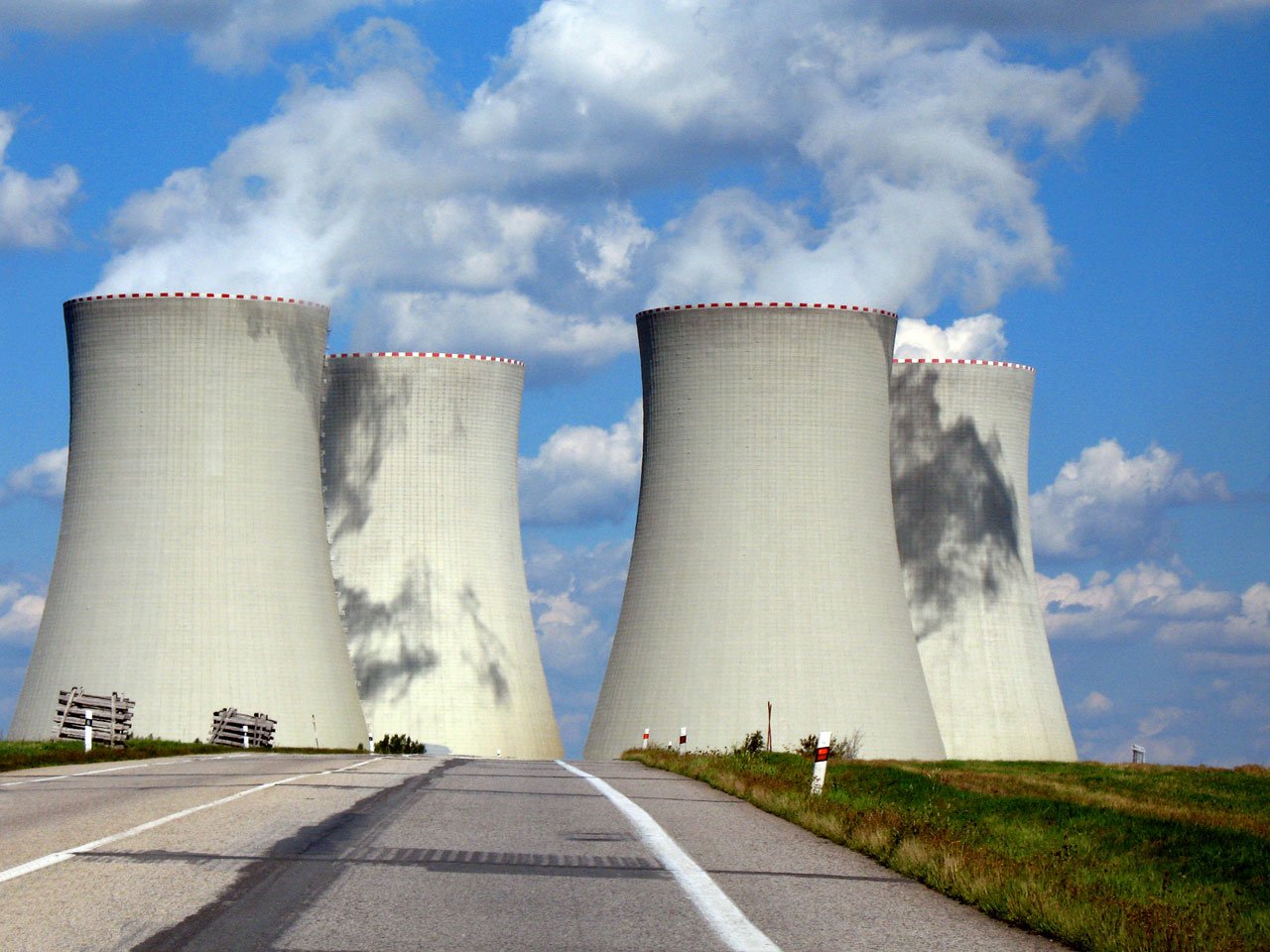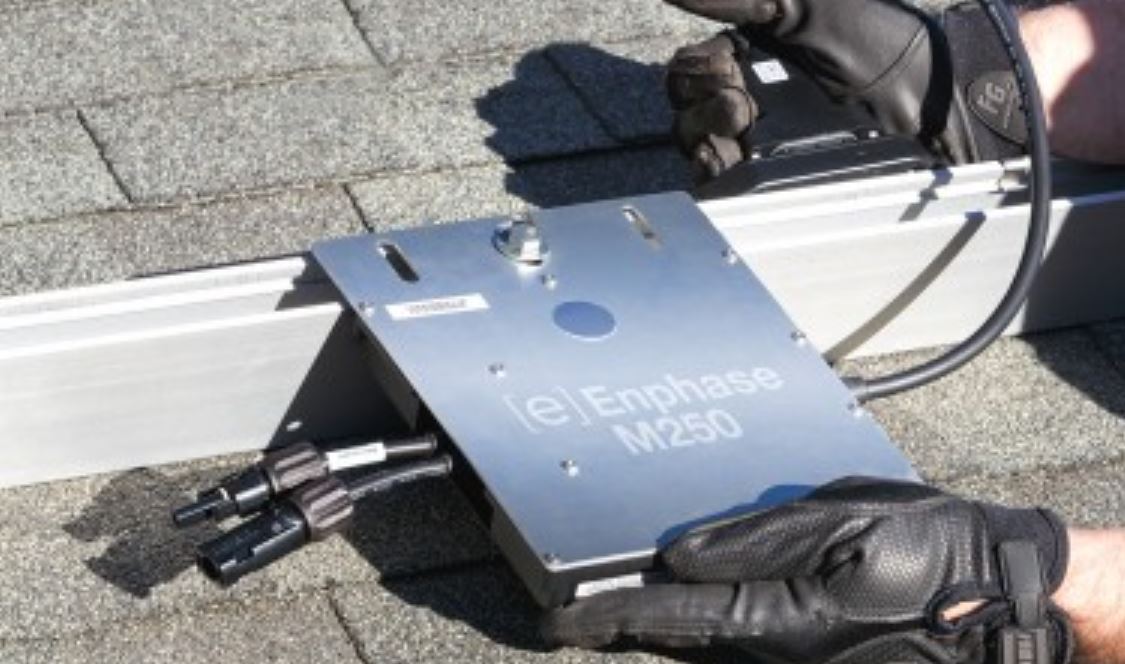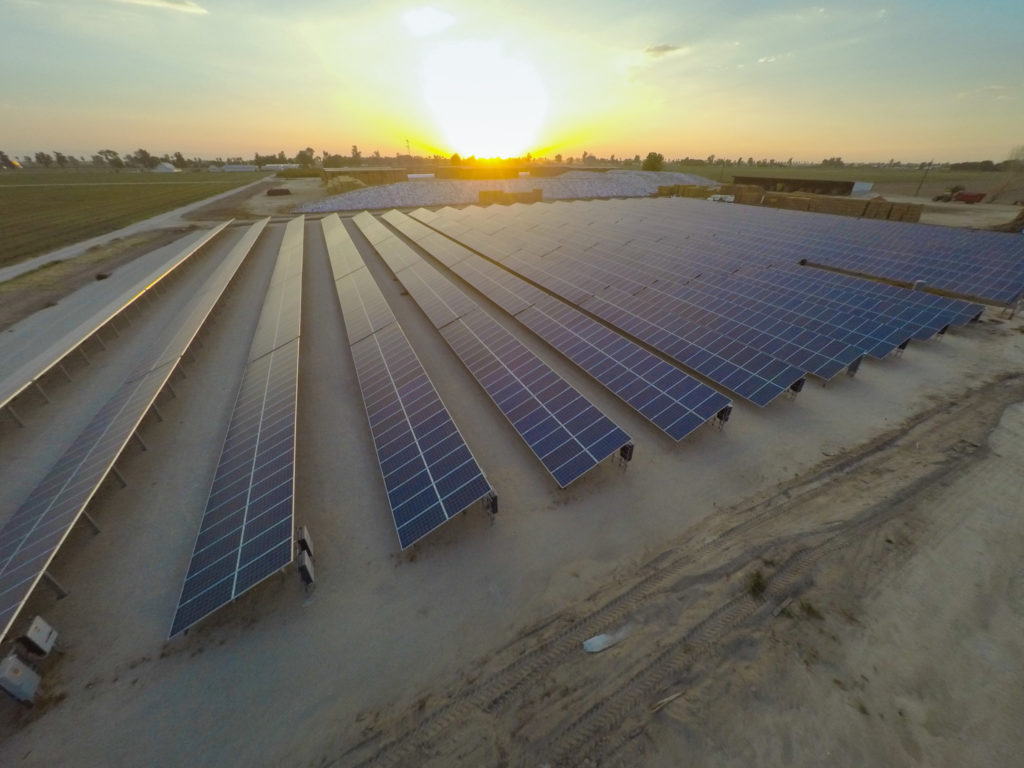
By Frank Andorka, Senior Correspondent
Yesterday, the Federal Energy Regulatory Commission (FERC) commissioners appeared before the Senate Committee on Energy and Natural Resources and told the Senators what the rest of the world already knows: Water is wet. The Pope is still Catholic. And the nuclear and coal plant bailout Trump demanded is entirely unnecessary.
While the solar industry has been saying this since Trump first floated this Bob Murray special two years ago, Energy Law 360 reports that when asked if the bailout of failing nuclear and coal plants was important to national security, the crickets could be heard loud and clear from out on the National Mall. We’ll let Energy Law 360 set the stage:
“Do any of you believe that in the wholesale power markets, we’re facing an actual national security emergency at the moment?” Sen. Martin Heinrich, D-N.M., asked the FERC commissioners.
Democratic Commissioner Cheryl LaFleur answered first.
“I do not, Senator,” LaFleur said. “I think the markets are reliable.”
“Anyone willing to answer that with a yes?” Heinrich then asked.
No other FERC commissioner responded.
Like we said, crickets.
It has long been policy of this president to try to prop up failing nuclear and coal plants by any means necessary. It was what was behind the study Secretary of Energy Rick Perry ordered shortly after his appointment into the importance of “baseload power” and the completely arbitrary idea that electrical generation facilities must have 90 days of reserve power on site.
The study was expected to find that an increase in coal and nuclear plants were necessary. When it didn’t, Perry ordered the Federal Energy Regulatory Commission to issue a rule that would have provided for bailouts of failing nuclear and coal plants. FERC respectfully declined.
Which is why the ball has landed back in the Department of Energy’s court, and they appear to be on the verge of simply ordering grid operators to buy power from these plants to provide the plant operators with a financial bailout orchestrated by the federal government.
It’s no shock that this action is coming. After all, it was President Trump who stood in front of West Virginia coal miners and offered them the impossible dream of bringing coal jobs back to the United States, despite the electricity market – including a majority of utilities – voting against such a move with their market-based plans to close the plants instead. To fulfill his campaign promise, the only way to save those jobs is to rig the system in favor of coal plants.
More:
FERC Commissioners Deny Necessity Of Coal, Nuke Bailout
Trump Throws Free Market Principles Out Window On Behalf Of Coal, Nuke Plants



